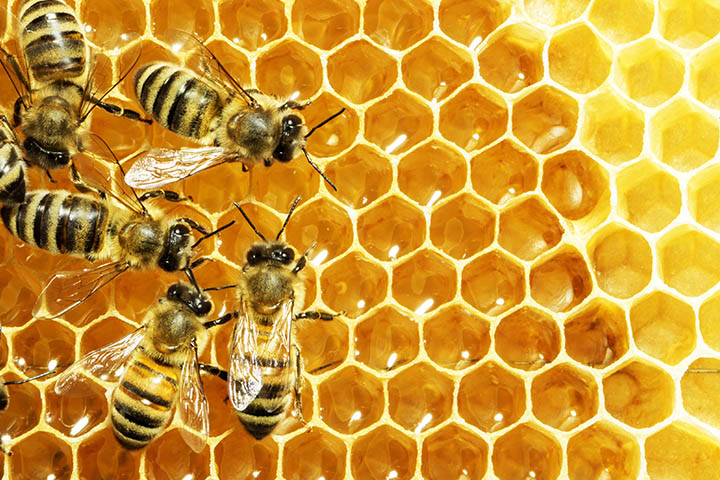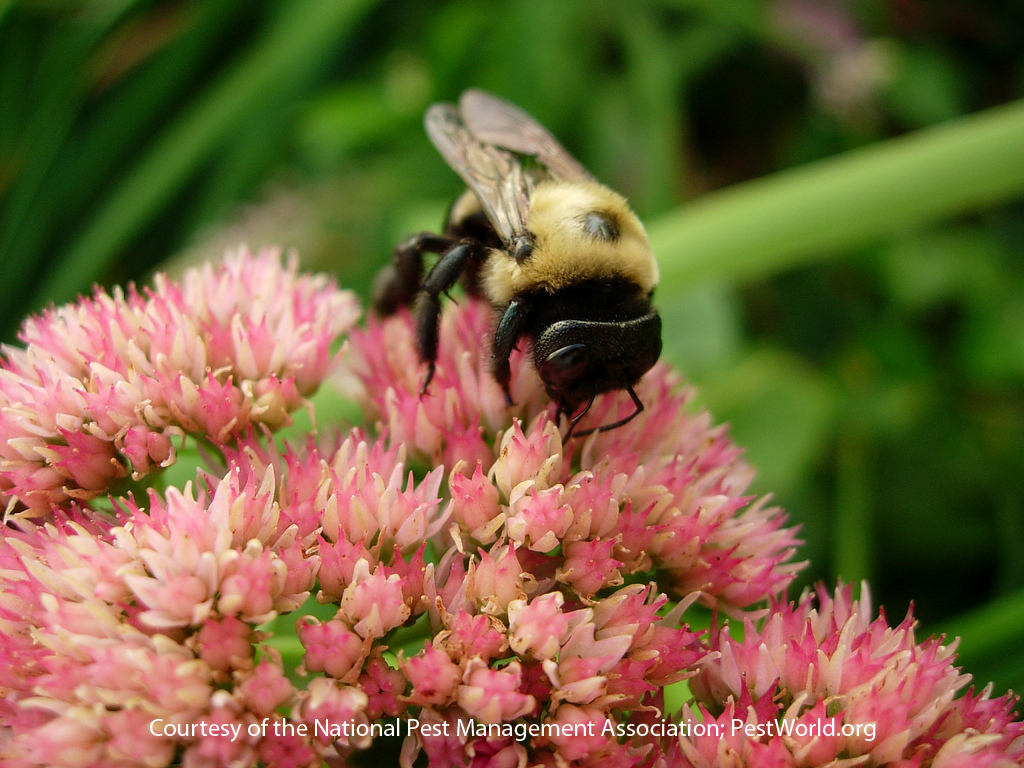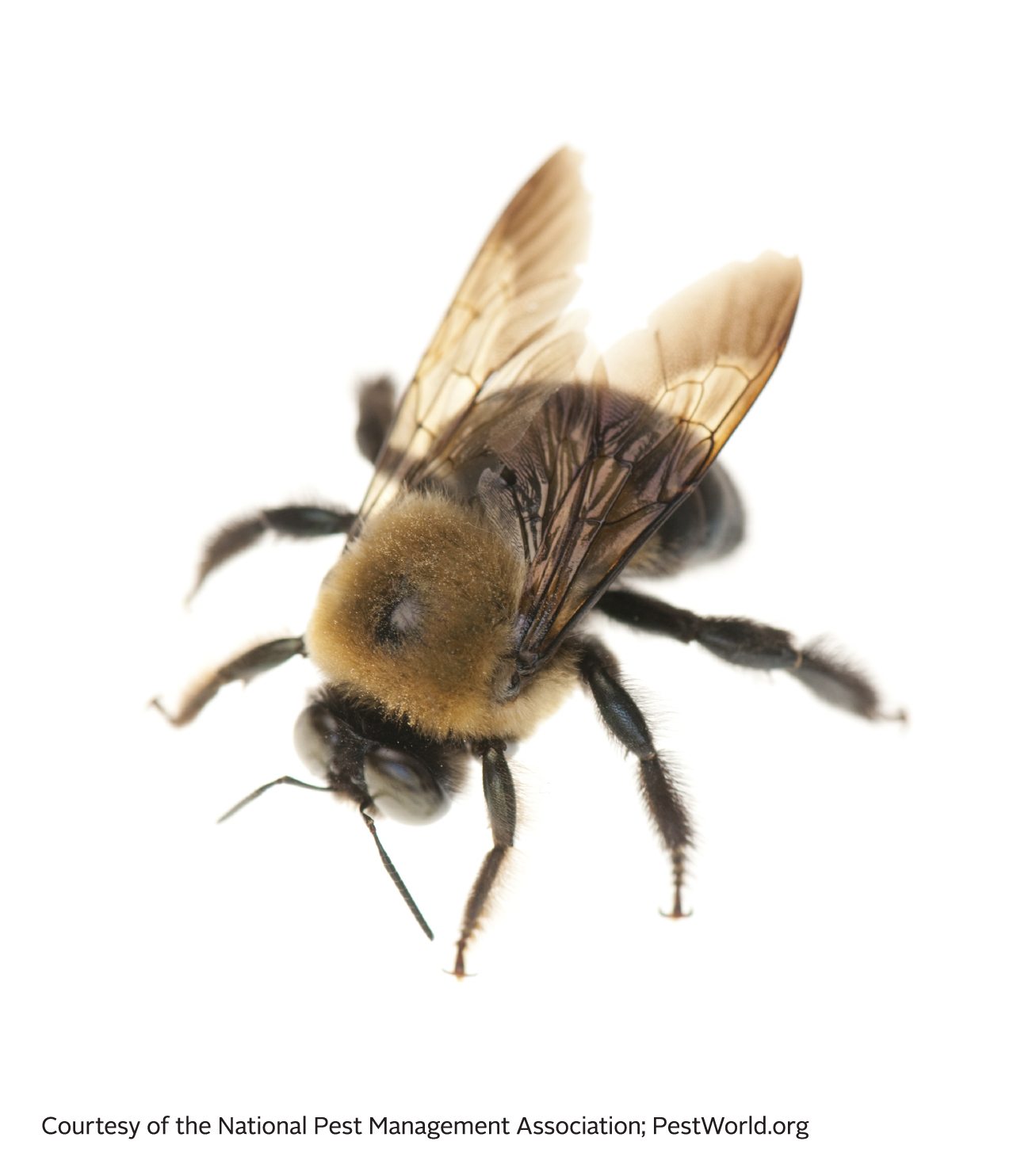Bee Facts for Kids
Did you know? Bees can see color. Except the color red.

Explore Bee Facts for Kids
Fun Bee Facts for Kids, Parents and Teacher
Most of us are afraid of bees. In fact, a single bee can ruin an entire summer day. But should we be so scared of these important insects? Let’s learn some fun bee information for kids.
- There are about 20,000 different types of bees in the world.
- Only female bees sting!
- A bee’s stinger is part of their reproductive design. Only the queen can use it for reproduction, but all female bees can sting.
- A queen bee can be hard to distinguish from the colony, but has distinct features like size, color, pollen baskets, and antennae.
- Bee venom is stored in a sack attached to the singer.
- Bees can see all colors except the color red.
- Their sense of smell (along with their sight) helps them find flowers they need to collect pollen, which is their preferred food source.
- They carry pollen on their legs and body from flower to flower.
- Bees can drop pollen while they’re flying, which helps pollinate other flowers and plants. This creates symbiosis and allows plants to keep growing, which keeps our air breathable. We need bees in order to survive!
- Some bees of course also eat honey! Honey bees make honey and use it to feed their young and so they have something to eat during the winter, when they can’t get pollen from flowers as easily.
- Honey bees make honey by following a lengthy 10-step process!
- The buzz you hear around a bee is the sound of their wings beating thousands of times per minute.
- Smoke can calm bees. Beekeepers use this to keep bees calm when collecting honey or moving a hive.
- Hives have queen bees, worker bees, and drone bees.
- Queens and worker bees are all female. Drone bees are all male.
- A drone bee’s only job is to mate with the queen to create new bees.
- Worker bees clean the hive, collect pollen and nectar to feed to the whole colony, and take care of the babies.
- Watch a bald-faced hornet face off with a yellowjacket in episode 1 of Bug Battles!

Bumblebee Facts for Kids
Bumblebees can be scary, but they are very beneficial for the planet. They pollinate crops and plants, which allow plants to continue growing, which allow us to have air to breathe. No bumblebees, no humans.
They are very social bees. They live in large "families". Unlike honey bees, bumblebees can sting more than once, because their stingers are smooth and do not get caught in the skin when they fly away. Read on to learn more facts about bumblebees for kids. You can also learn how to make a paper plate bumblebee!
- Size: 1"
- Shape: Oval, bee shaped
- Color: Black with yellow stripes
- Legs: 6
- Wings: Yes
- Antenna: Yes
- Common Name: Bumble bee
- Kingdom: Animalia
- Phylum: Arthropoda
- Class: Insecta
- Order: Hymenoptera
- Family: Apidae
- Species: Bombus
What Do Bumblebees Eat?:
Bumblebees eat pollen and nectar. Worker bees gather this from flowers and bring it back to the colony to feed to the other bees and to the larvae.
Where Do Bumblebees Live?:
Bumblebees live around patio areas, decks, attics, or under roof beams. But would it surprise you to know that bumblebees often instead nest in the ground?
If you see a hive in a tree, it is probably not bumblebees. But just like other bees, if they are disturbed, bumblebees will buzz loudly, and they will defend their nests. That means stings.
Can Bumblebees Harm You?:
The bumblebee sting is one of the most painful types of stings. Swelling and irritation can last for days after you are stung. Additionally, they can sting multiple times in a row, versus other bees that die after stinging.
Bumblebees will defend their nests if disturbed. They can chase nest invaders for long distances, following you until they attack.
What to Do If a Bumblebee is Near You:
Don’t panic when you see a bumblebee. Trying to squish it or shoo it away could cause it to sting you to protect itself. Instead, stay still and hope that it goes away.
If you see a number of bumblebees near you, observe from a safe distance and be sure to tell an adult. No one in your household should try to remove a bumblebee nest on their own. It’s better to contact a pest control professional who knows how to rid you of bumblebees safely. More information can be found about bumblebees and how to get rid of them at the official National Pest Management Association website.d be sure to tell an adult.
Also learn how to make a bumblebee bookmark and a paperplate bumblebee!

Honey Bee Facts for Kids
Honey bees live in large "families" and can be found all over the world. The honey bee is the only social insect whose colony can survive many years. This is because they have a plan to survive winter months. They huddle together and eat honey when its cold out and most flowers are dead.
Honey bees pollinate flowers and plants to feed themselves and help those plants grow. They pollinate more than 100 crops in the U.S.
Unlike bumblebees, which can sting multiple times, honey bees can only sting once. Their stingers are barbed and tear off when they try to get away. This kills them. They also flap their wings 11,000 times per minute. This is why it sounds like they are "buzzing".
- Size: 1/2"
- Shape: Oval, bee shaped
- Color: Golden yellow with brown bands
- Legs: 6
- Wings: Yes
- Antenna: Yes
- Common Name: Honeybee
- Kingdom: Animalia
- Phylum: Arthropoda
- Class: Insecta
- Order: Hymenoptera
- Family: Apidae
- Species: Apis
What Do Honey Bees Eat?:
Honey bees eat honey! They make honey from the pollen and nectar they collect from plants and bring back to their colony. They store the honey in honeycombs in their nests, which they use in the colder months.
Where Do Honey Bees Live?:
Honey bees typically live in tree crevices, but will occasionally build nests in attics or chimneys. Nests vary in size depending on how big the colony is.
How Do Honey Bees Impact Humans?:
Honey bees do sting. They can only sting once, but the stings can be extremely painful if the stinger is not immediately removed from the skin. People who are allergic to insect stings will have an even more severe reaction.
There is a chance that honey bees could build their nest in your home, likely somewhere high. This can pose a real threat if not immediately dealt with by a pest control professional.
What to Do If a Bumblebee is Near You:
Don’t panic or make sudden movements if you are near a honey bee. Yelling, moving suddenly, or trying to hit a bumblebee can actually cause it to sting you. Staying still might allow it to explore and then leave without issue.
If you find a nest in or near your home, contact a pest control professional immediately. You don’t want someone in your house trying to handle it on their own and getting hurt. You can visit the honey bee page of the official National Pest Management Association website to learn more.
Carpenter Bee Information for Kids
Carpenter bees get their name from their habit of working with wood. But instead of building things with wood like human carpenters, these bees destroy wood by drilling holes into them to make their homes. Unlike some other types of bees, carpenter bees prefer to live alone instead of in big colonies and hives. Their stingers are not barbed like honey bee stingers are, which means they can sting over and over again.
- Size: 1"
- Shape: Oval, bee shaped
- Color: Blue-black
- Legs: 6
- Wings: Yes
- Antenna: Yes
- Common Name: Carpenter bee
- Kingdom: Animalia
- Phylum: Arthropoda
- Class: Insecta
- Order: Hymenoptera
- Family: Apidae
- Species: Xylocopa
What Do Carpenter Bees Eat?:
While carpenter bees are known for chewing wood, they don’t actually eat any of that wood. Like other bees, carpenter bees eat pollen and nectar from flowers and plants.
Where Do Carpenter Bees Live?:
Carpenter bees drill through and live in soft woods to lay eggs and protect their larvae as they develop. Female carpenter bees will chew a tunnel into a piece of wood to build a nest gallery. The bits of wood she chews and deposits outside the nest are called “frass”.
The tunnel openings usually look about one or two inches deep, but they can be up to 10 feet long! These tunnels usually have several rooms where the bees hold their eggs and food. It’s like little homes within your home! But while that’s certainly cool, it can also cause damage to your structure.
What Do Carpenter Bees Do to Humans?:
Carpenter bees are helpful to humans because they pollinate plants that can be ignored by honey bees, allowing for the spread of more pollen. However, drilling into the wood in your home is harmful to humans since it can potentially cause damage. Therefore, as soon as you see a carpenter bee, you want to make sure you tell a grown-up so they can call a pest control professional to make sure everything is safe.
What to Do If You See a Carpenter Bee:
The good news is, since carpenter bees like to be alone, seeing one doesn’t mean you have a hive in or near your home. But you still want to have a pest control professional inspect the area to make sure there aren’t any problems. You may want to study the bee, but be sure to keep a safe distance and avoid scaring it, since they do sting. You can learn more about carpenter bees at the official National Pest Management Association website.
Killer Bee Facts for Kids and Adults
You could easily mistake an Africanized "killer" bee for a regular honey bee, as they look very similar. But they do have different wing measurements. Also, though the name “killer” bee sounds scary, their venom is no more dangerous than a honey bee’s. However, they do tend to attack in larger numbers, which does make them more dangerous to humans, especially those who are allergic to bee stings.
Africanized killer bees can only sting once because their stingers are barbed and tear off when they try to get away. Despite their name, they can be found in South America and the Western and Southern United States.
- Size: 1/2"
- Shape: Oval, bee shape
- Color: Golden yellow with darker bands of brown
- Legs: 6
- Wings: Yes
- Antenna: Yes
- Common Name: Africanized honey bees
- Kingdom: Animalia
- Phylum: Arthropoda
- Class: Insecta
- Order: Hymenoptera
- Family: Apidae
- Species: Apis
What Do Killer Bees Eat?:
Like all bees, killer bees eat pollen and nectar from flowers and plants. They carry it from flower to flower and bring it home to their colonies.
Where Do Killer Bees Live?:
Killer bee colonies are fairly small. This allows them to build nests in some unique places. Killer bees can live inside tires, crates, boxes and empty cars.
What Does a Killer Bee Do to You?:
A single killer bee poses the same threat as a honey bee. They can sting you once, and the sting may be painful, but unless you have an allergy, there likely won’t be any serious or lasting concern. Where the greater risk comes in, especially those who are allergic, is that killer bees can attack in greater numbers, resulting in more stings.
What to Do If You Find Killer Bees:
If you see one, there’s a chance there are more. If you are chased by killer bees, run in a zigzag pattern and seek shelter in a house or car. Do not jump in the water! These bees can be very patient, and will wait around until you come up for air.
To learn more about Africanized killer bees or for information on how to get rid of killer bees in your home, review the additional information available on the Africanized killer bee page of the official National Pest Management Association website.




